On June 9, ICCSD held the 10th Creativity 2030 Salon themed on "Taking Action after Understanding - Future of Design and Sustainability". Yann Debelle de Montby, Member of ICCSD Advisory Committee, was invited to interpret the future of design and sustainability.

Yann Debelle de Montby (France)
Member of ICCSD Advisory Committee
Former Brand Image Director of Alfred Dunhill
CEO of Debelle de Montby Associates
Senior Interior Designer, Product Designer and Fashion Designer
Thinking and Sharing
Based on the trends of the international fashion industry and personal working experience, Yann Debelle de Montby interpreted the new application scenarios of design for sustainable development, and shared his views on transformation and renovation of old objects.
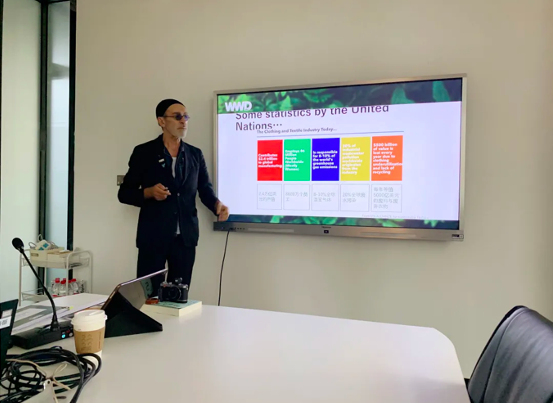
Sustainable Development Is Not Marketing But Our Shared Future
The fashion industry is the second largest cause of pollution. According to the UN statistics, the clothing and textile industry has contributed a value of 2.4 trillion US dollars to global manufacturing, providing job opportunities for 86 million people (mostly women). But it is also accountable for 8 percent to 10 percent of global greenhouse emissions and 20 percent of industrial waste water, while it produces waste and discarded clothes equivalent to 0.5 trillion US dollars every year.
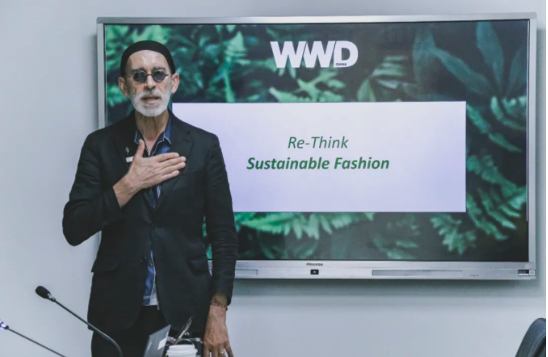
Facts have shown that without major change to production processes and consumption patterns in the fashion industry, the social and environmental costs will continue to mount.
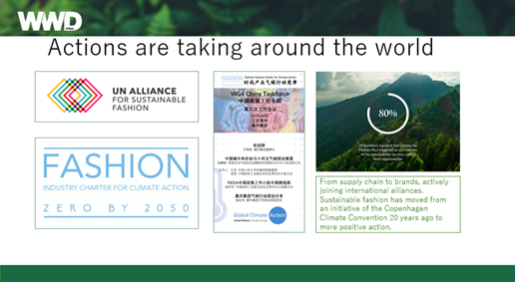
Thus, the UN Alliance for Sustainable Fashion comes into being and 27 Chinese enterprises have signed Fashion Industry Charter for Climate Action. From supply chain to brands and then to actively joining international alliances, sustainable fashion has moved from an initiative of the Copenhagen Climate Convention 20 years ago to more positive action.
Sustainable development is not marketing but our shared future.
Developing Sustainable Fashion Is an Arduous Task
In the context of trying to achieve the major goal of carbon neutrality in 2060, the fashion industry must promote sustainable development more comprehensively and search for more possibilities with the support of practice-based methodology, empowering new technologies and new design strength.
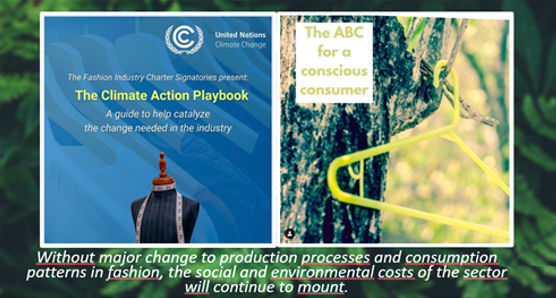
Five Parts Worth Noting:
1. Supply Chain: From traceability (clean raw materials), green production (energy saving, carbon reduction and zero pollution), recyclability, to renewable materials, technology is at the core of the solution;
2. Design: From zero waste, recyclable design to reusable design, designers and brands need the support of new knowledge, new supply chains, new technologies and new manufacturing;
3. Production Directly Facing Consumers: From Alibaba's Rhino Smart Manufacturing to HuberBuy and Style 3D, manufacturing goes out of the factory and links the upstream and downstream, providing a platform for brands to directly connect with consumers;
4. Consumption: As consumers are continuously trying to pursue a better life, sustainable fashion should not be the shackles of moral standards but a better choice. The building of contexts and fields, as well as the winning of deep trust, brings us both precious opportunities and formidable challenges;
5. Cycle and Waste: Establishing second-hand trading platforms directly facing consumers, improving brand services of maintenance and repair, rebuilding the industrial chain of used clothing recycling, as well as industrial innovation of waste treatment
Each part shall complement and integrate with each other to promote sustainable development and create lifestyles of sustainable fashion.
Reuse of Old Clothing and Objects Brings Major Opportunities to Second-Hand Market

According to Green Peace, 15 million tons of clothing around the globe are finally buried in the ground per year. China is accountable for creating about 2 million tons of waste related to clothing ever year. The statistics of CBNdata have shown that China in the post-epidemic era has witnessed not only the recovery and growth of consumption but also remarkable development of the second-hand market, especially in the tier 3-5 cities. This is a major opportunity for the second-hand market.
Old Object Restoration Reflects Deep Love for a Certain Object
Yann noted he had a deep love for old objects and always got inspiration from them. Many old objects have their own souls. Their collection, restoration and use will contribute to sustainable development and embody deep love for a certain object. At the salon, Yann elaborated on his former design and collections, and shared numerous moments of getting inspiration from the old objects.
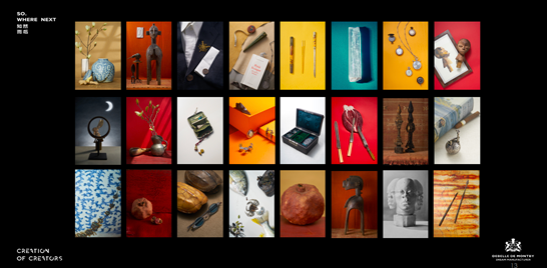

Some of Yann's collections

Christie's , Ampire & Co. Building (Shanghai)
At last, Yann remarked that China has witnessed amazingly rapid development in the past 20 years. As a big power, China shoulders heavy responsibility to lead the community into a sustainable future.
Presenter: Yang Wen, Co-founder of Huayi Cultural Media